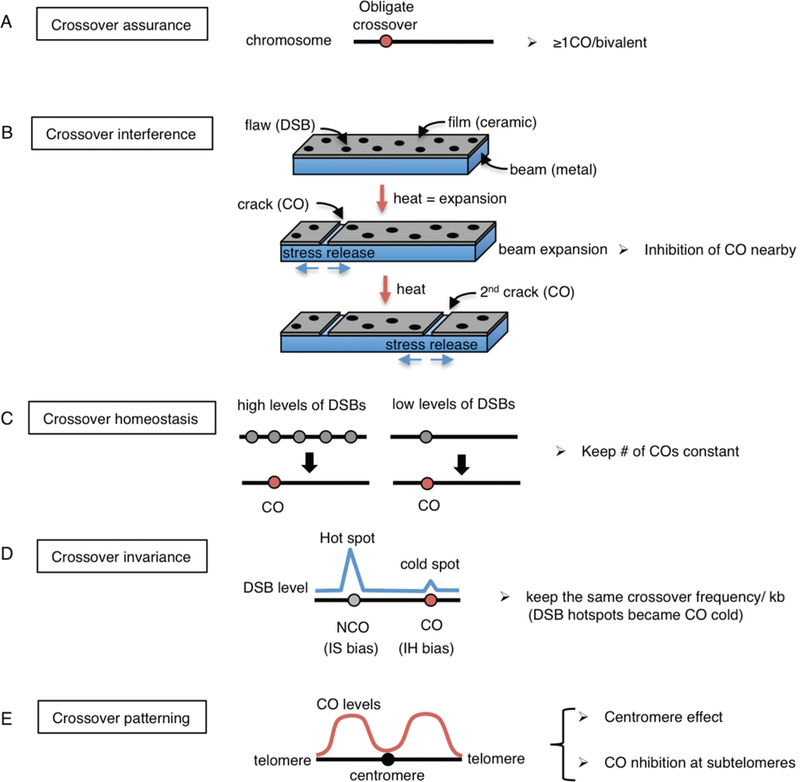Figure 3. Different types of crossover control.

Five known forms of crossover control are depicted. (A) Crossover assurance. At least one crossover per homologous chromosome pair is essential for chiasma formation and proper chromosome segregation at meiosis I. (B) Crossover interference. The beam-film model (modified from Kleckner et al. 2004) is represented. Chromosome axes and chromatin loops are likened as metallic beams and ceramic films which are tightly bonded to the beam, respectively. Heating the beam results in a flaw (DSB) being converted into a crack (CO formation), and the release of stress then propagates in both directions. Continued heating generates a 2nd crack away from the 1st crack resembling interference. (C) Crossover homeostasis. Either high or low levels of DSBs per homologous chromosome pair result in the same number of crossovers. Gray circles are DSBs and red circles are crossovers. (D) Crossover invariance. DSBs at hot spots tend to undergo intersister bias, resulting in a non-crossover outcome, while DSBs at cold spots undergo interhomolog bias leading to crossover products in S. pombe. (E) Crossover distribution/centromere effect. Crossovers near centromeres and telomeres are suppressed. Crossovers are also suppressed at the center regions in the holocentric organism C. elegans.
